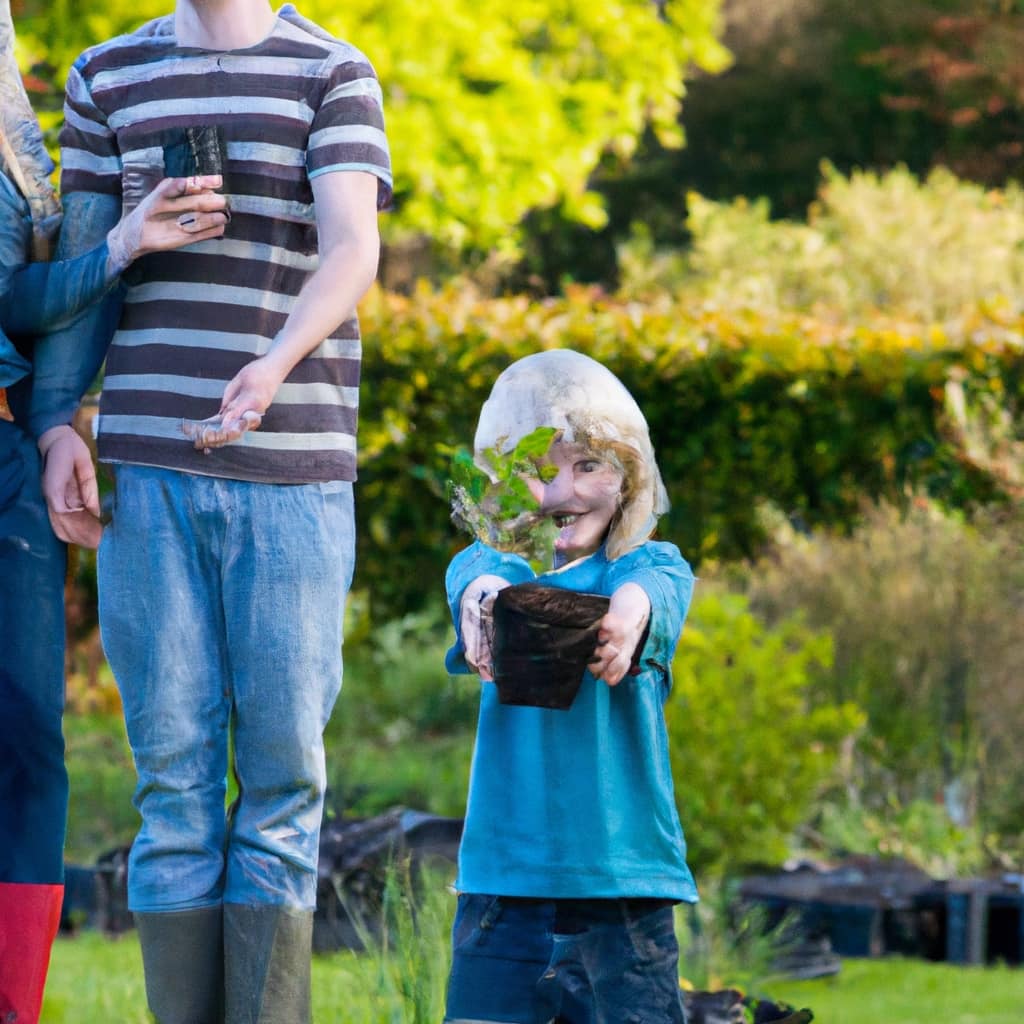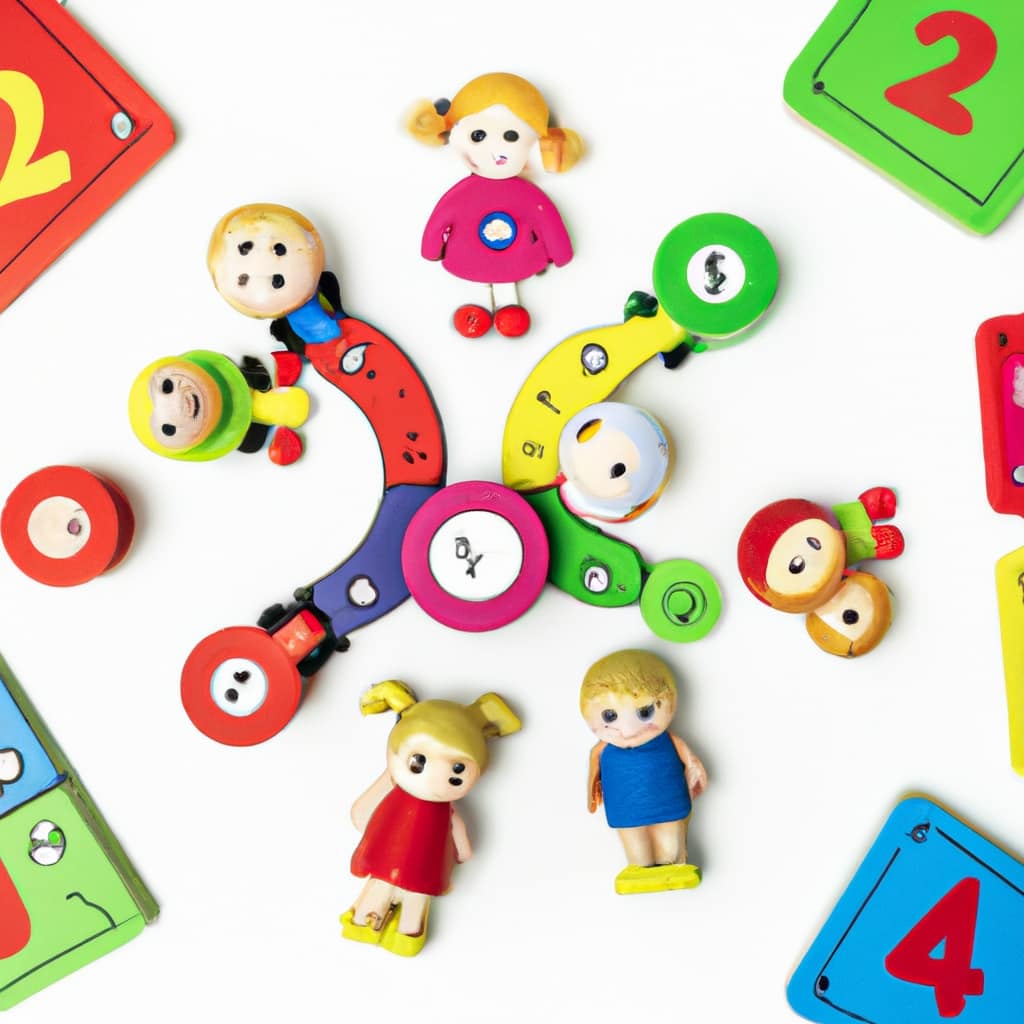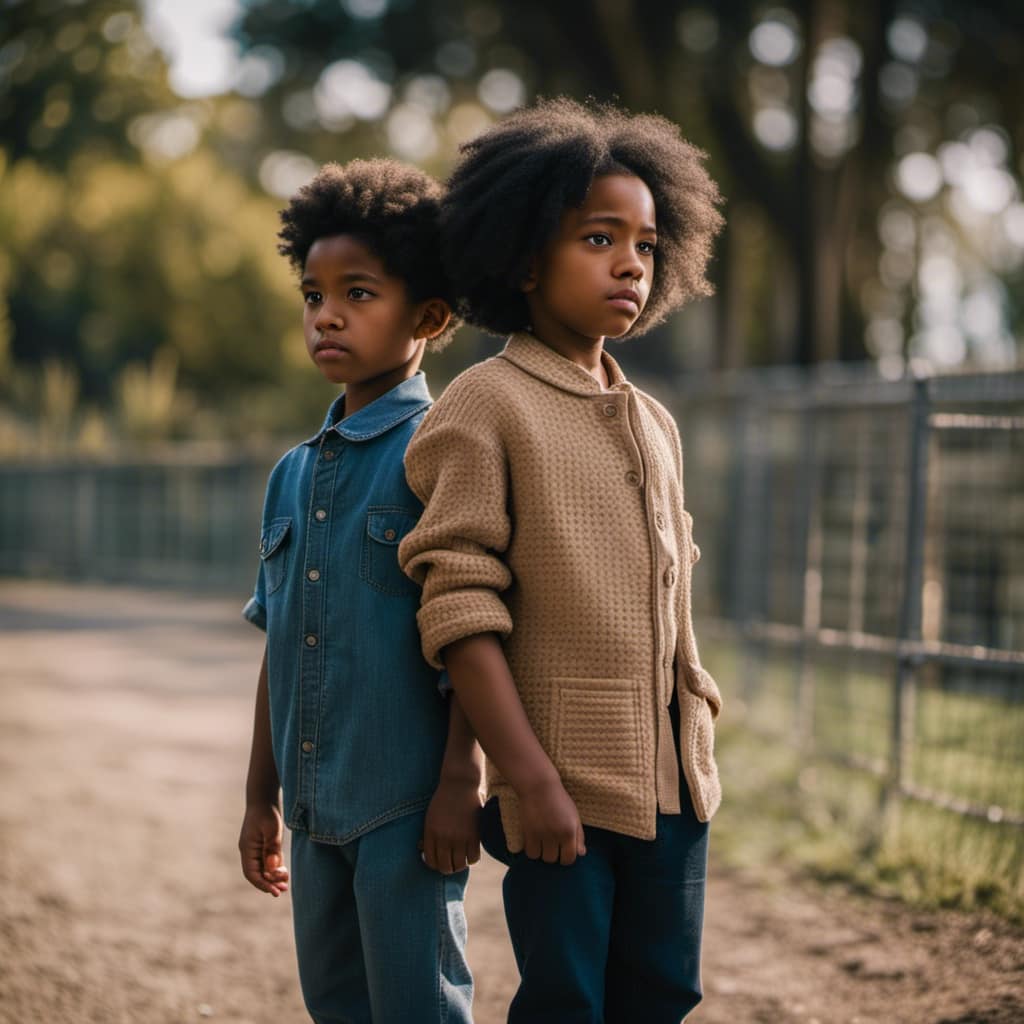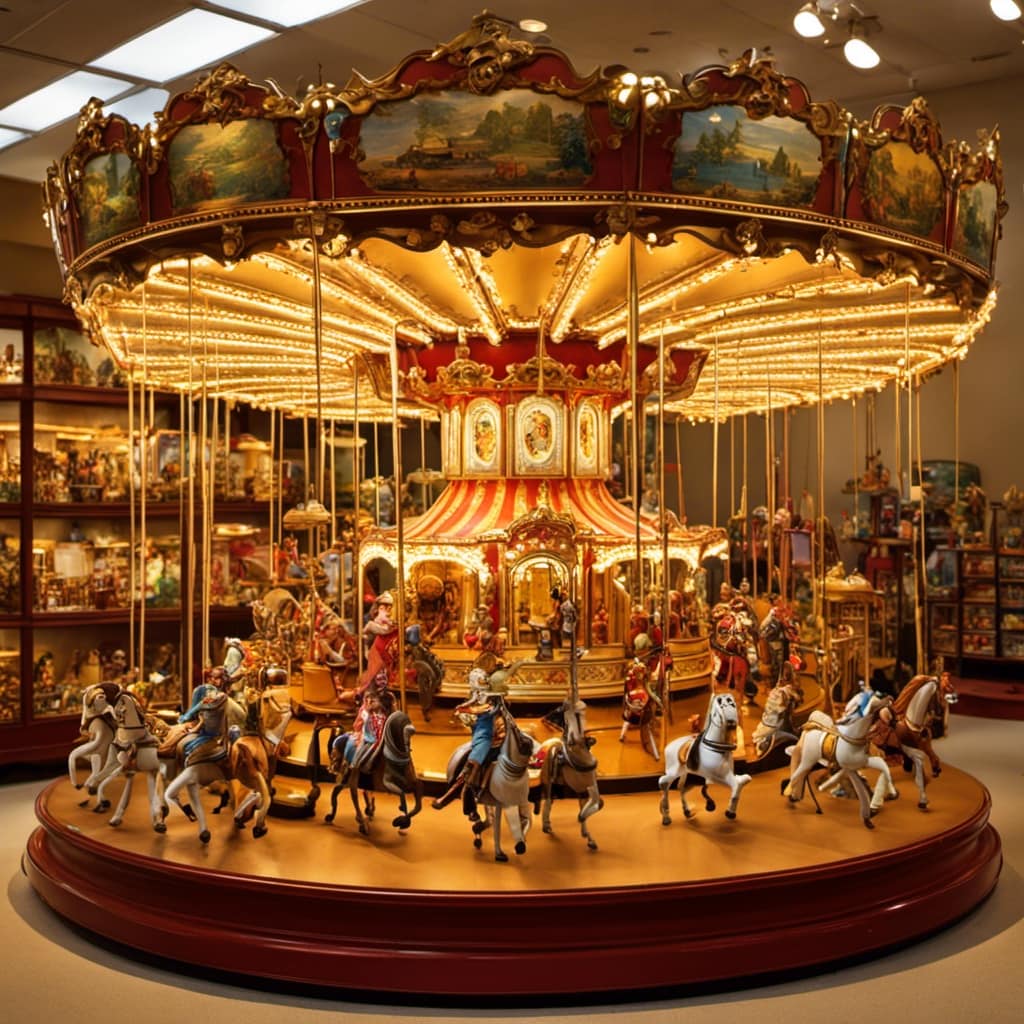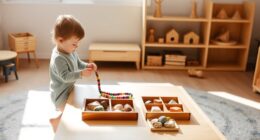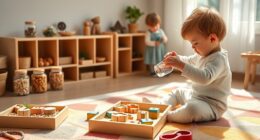As a parent, my passion has always been finding toys that engage my child’s senses and inspire their creativity. That’s why I’m excited to introduce you to the world of crafting Waldorf toys.
These treasures are crafted with natural materials like wood, cotton, and wool, providing a sensory-rich experience for little ones. From the soothing touch of soft fibers to the exploration of textured elements, Waldorf toys stimulate cognitive development while encouraging open-ended play.
Let’s dive into the art of crafting these personalized wonders and discover the magic they bring to our children’s lives.
Key Takeaways
- Waldorf preschool toys should focus on natural and sensory options, such as wood and natural fibers like cotton or wool.
- Tools and techniques for making Waldorf toys include sewing tools, knitting tools, and natural materials like organic cotton or wool.
- Waldorf toys foster imaginative play, encourage creativity, and allow children to use their imagination to come up with their own stories.
- Enhancing sensory experiences and cognitive development can be achieved by incorporating natural materials into play and using tactile learning methods.
Choosing Natural Materials for Waldorf Toys
I love using natural materials for my Waldorf toys. I choose non-toxic wood and soft cotton or wool to provide a sensory-rich experience for the children.
When sourcing materials, sustainability is a top priority. I make sure to choose sustainably sourced wood so that our toys do not contribute to deforestation.
Natural fibers, such as cotton and wool, have numerous benefits. They are soft to the touch, perfect for cuddling and comforting play. Additionally, they are breathable and hypoallergenic, ensuring the safety and comfort of children with sensitive skin. The beautiful texture of natural fibers adds to the tactile experience.

Essential Tools for Crafting Waldorf Toys
Sewing tools like needles, thread, and scissors are essential for crafting Waldorf toys.
When it comes to choosing sustainable materials for these toys, I always opt for natural options. Wood is a popular choice, but I make sure it is non-toxic and sustainably sourced.
Natural fibers like cotton or wool provide a soft touch that children love. To incorporate natural elements into my toy designs, I often add stones or shells for texture and exploration.
It’s amazing how these simple additions can enhance a child’s sensory experience.
Step-by-Step Guide to Making Waldorf Dolls
To make Waldorf dolls, start by gathering the necessary materials and tools. First, you’ll need organic cotton or wool for the body and stuffing, ensuring a soft touch for sensory-rich play experiences. Next, soft yarn will be needed for the doll’s hair, allowing for endless styling possibilities. Lastly, embroidery floss will be used to add facial features, bringing the doll to life.
Crafting Waldorf dolls is a creative process that requires attention to detail. Each stitch is carefully placed to create a doll that is both beautiful and durable. The end result is a toy that fosters imaginative play and provides a sensory-rich experience for children.

By incorporating natural materials and textures into the doll, children are given the opportunity to explore different sensory experiences. The softness of the fabric, the warmth of the yarn, and the intricacy of the stitching all contribute to a holistic play experience that engages their senses and stimulates their imagination.
Crafting Waldorf dolls not only creates a unique toy, but also provides children with a sensory-rich play experience that enhances their cognitive development and promotes imaginative play. It is a rewarding and fulfilling process that allows for personalization and customization, ensuring each doll is as unique as the child who plays with it.
Knitting Patterns for Wooden Block Covers
Using knitting patterns, I can easily create covers for wooden blocks, adding a cozy and tactile element to their play experience. With the right knitting needles and yarn, I can explore different textures and patterns to make these covers truly unique.
By incorporating creative knitting patterns for Waldorf doll clothing, I can create miniature sweaters, dresses, and even tiny hats for the blocks. This not only adds a playful touch to the blocks but also encourages imaginative play when the children incorporate the blocks into their doll’s wardrobe.
The knitted covers provide a soft and warm surface for the children to touch and explore, stimulating their sensory development. Whether it’s a ribbed pattern, a cable design, or even a fair isle pattern, the possibilities are endless for creating one-of-a-kind block covers that enhance the tactile experience of play.
Benefits of Waldorf Toys for Holistic Development
When crafting my own Waldorf preschool toys, I can see how they foster imaginative play and promote holistic development.
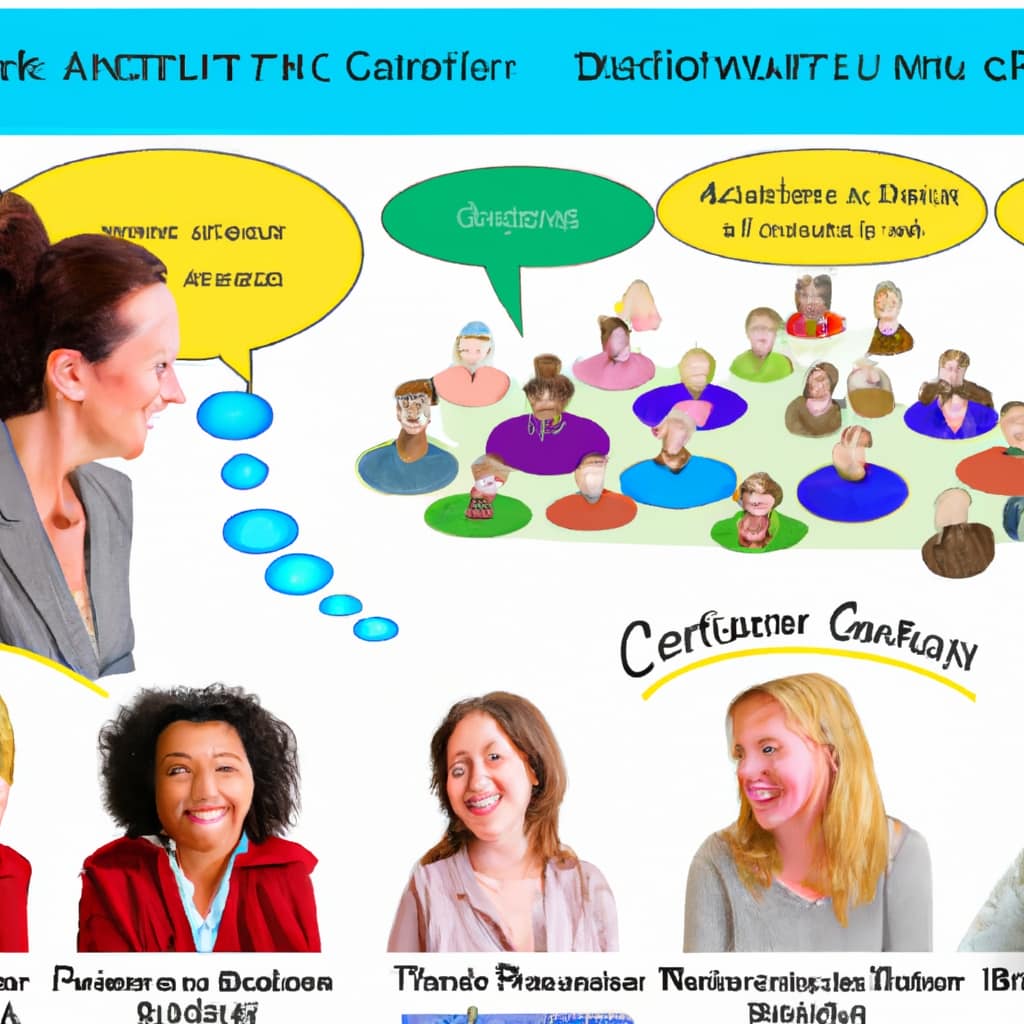
The impact of Waldorf toys on social development is immense. Children engage in pretend play with these toys, which helps them understand different roles and develop empathy.
Incorporating nature in Waldorf toy designs further enhances their benefits. By using natural materials like wood, cotton, and wool, children connect with the natural world, fostering a sense of wonder and appreciation for the environment. They also get to explore different textures and sensory experiences, stimulating their cognitive development.
Waldorf toys encourage open-ended play, allowing children to use their imagination and creativity to come up with their own stories and ideas.
Overall, these toys provide a well-rounded and enriching play experience for children’s holistic development.
Enhancing Sensory Experiences Through Natural Materials
Crafting my own Waldorf preschool toys with natural materials enhances sensory experiences for children, stimulating their cognitive development and promoting tactile learning. By incorporating nature into the design of these toys, I am able to provide a more immersive and authentic play experience for children. Natural materials such as wood, cotton, and wool offer a variety of textures and sensory stimulation. The use of stones, shells, and other natural elements further adds to the tactile experience, allowing children to explore and engage with the world around them. This not only enhances their sensory development but also encourages creativity and problem-solving skills. By using natural materials for sensory play, I am able to create toys that connect children with nature, fostering a deeper appreciation for the natural world.
| Benefits of Natural Materials for Sensory Play |
|---|
| Enhances sensory experiences |
| Stimulates cognitive development |
| Promotes tactile learning |
Cognitive Development With Waldorf Puzzle Toys
I find that Waldorf puzzle toys enhance cognitive development and problem-solving skills in children. They provide a fun and engaging way for kids to explore and develop their problem-solving abilities.
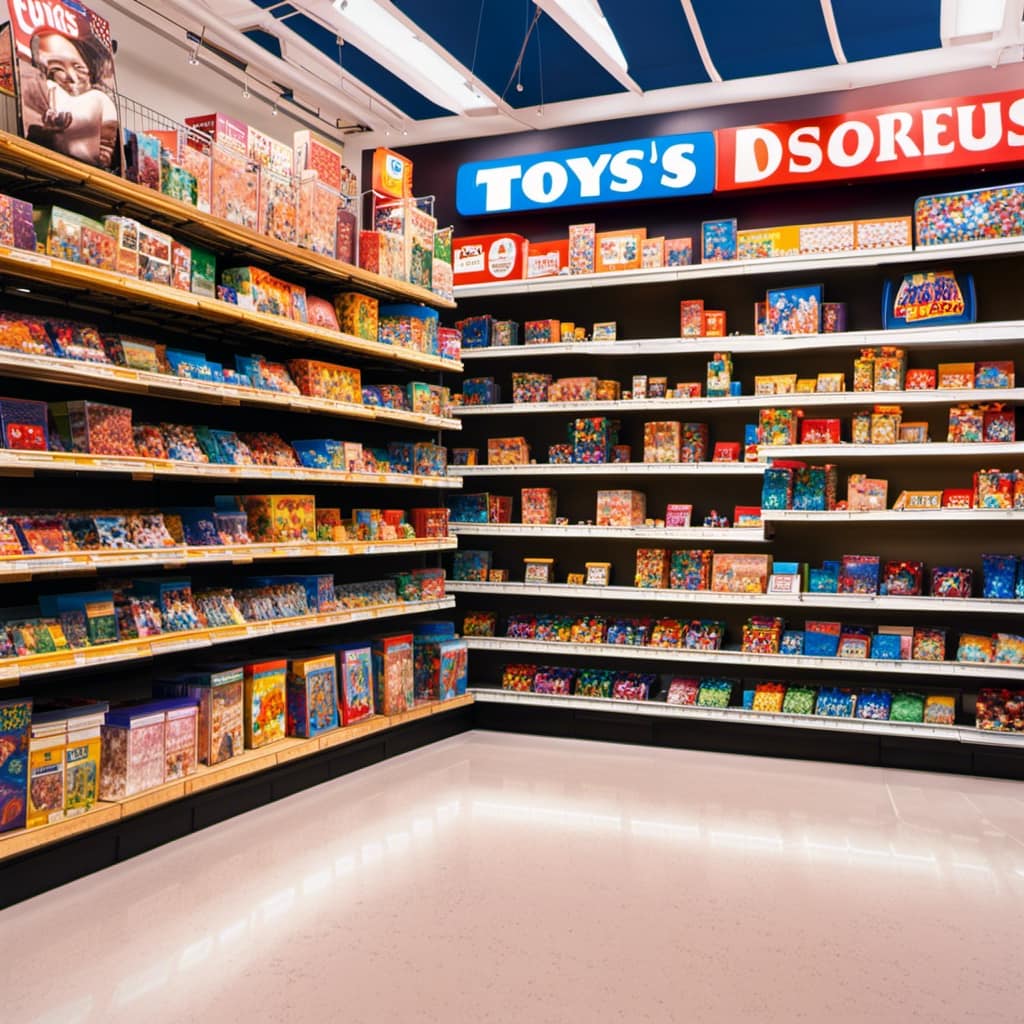
Here are three ways in which Waldorf puzzle toys benefit cognitive development:
-
Encourages critical thinking: Puzzle toys require children to think critically and find solutions to challenges. This helps improve their analytical skills and logical reasoning.
-
Enhances spatial awareness: As children manipulate puzzle pieces to fit together, they develop spatial awareness and learn to visualize how different shapes and pieces can fit together.
-
Promotes patience and perseverance: Solving puzzles can be challenging, but it teaches children the value of patience and perseverance. They learn to keep trying and not give up easily.
Personalizing Waldorf Toys With Embroidery and Appliqué
Adding embroidery and appliqué to Waldorf toys enhances their uniqueness and allows for creative customization. Embroidery techniques, such as satin stitch or French knots, can be used to add intricate details and patterns to the toys.
Appliqué designs, on the other hand, involve attaching fabric pieces onto the toys to create different shapes and textures. This process requires a steady hand and attention to detail, as each stitch contributes to the overall design.
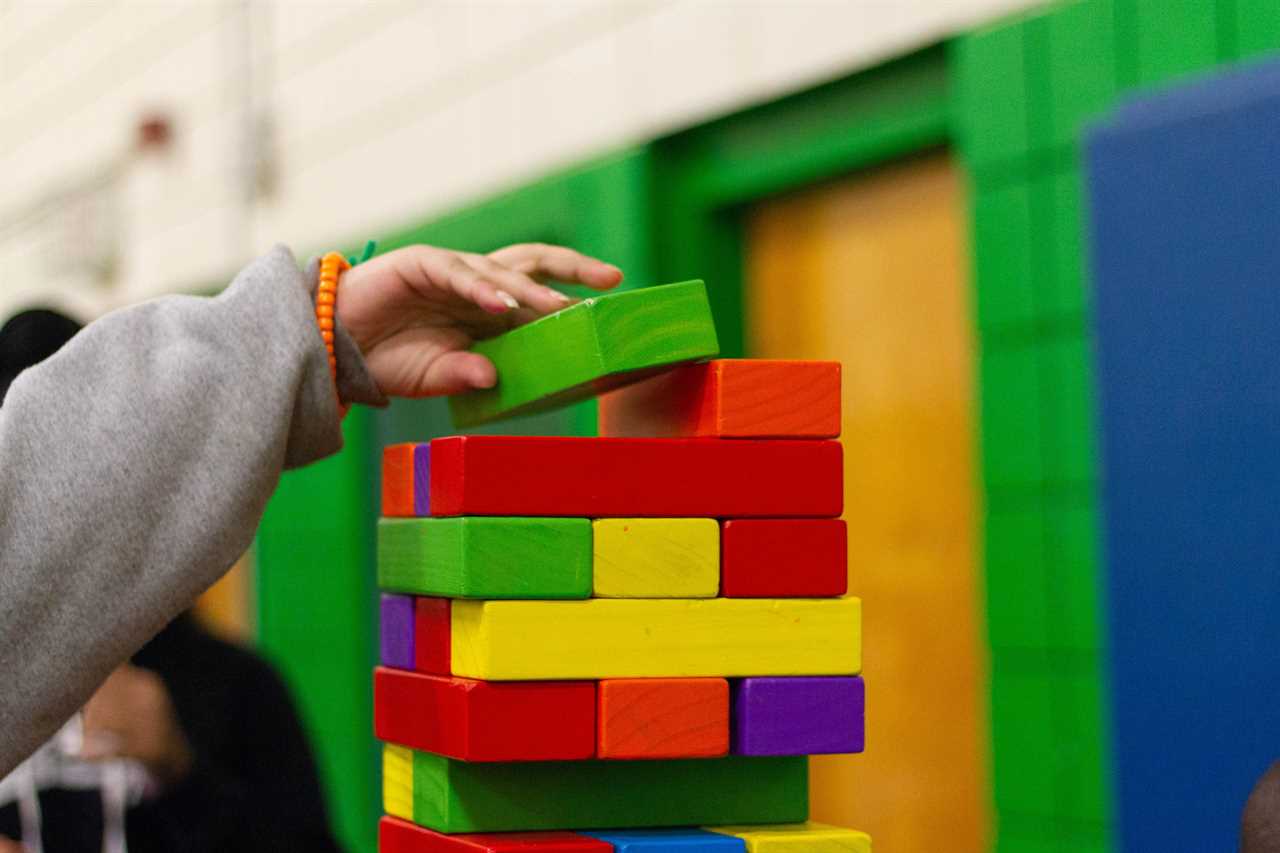
Whether it’s adding a flower to a doll’s dress or a star to a wooden block, embroidery and appliqué bring a personal touch to Waldorf toys. They not only make the toys visually appealing but also encourage imaginative play and storytelling.
From choosing the right materials to selecting the perfect design, each step of the embroidery and appliqué process allows for creative expression and customization of Waldorf toys.
Maintenance and Longevity of Waldorf Preschool Toys
Maintaining and caring for Waldorf preschool toys is essential for their longevity and continued enjoyment. As a parent or caregiver, it’s important to keep these toys clean and properly stored to ensure they stay in good condition for years to come. Here are some cleaning techniques and toy storage solutions to help you take care of your Waldorf toys:
Cleaning techniques:
- Use a gentle soap and warm water to clean wooden toys. Avoid harsh chemicals or solvents that could damage the wood.
- For fabric toys, spot clean any stains with a mild detergent and warm water. Avoid machine washing unless the toy’s care instructions specify otherwise.
- Regularly sanitize toys that come into contact with children’s mouths, like teething rings or rattles, using a baby-safe disinfectant.
Toy storage solutions:
- Invest in a toy chest or storage bins to keep the toys organized and easily accessible.
- Consider using fabric bags or pouches to store smaller toys or loose parts.
- Label each storage container to make it easier to find specific toys when needed.
Frequently Asked Questions
How Can Waldorf Toys Promote Social Development in Preschool-Aged Children?
Waldorf toys promote social development in preschool-aged children by encouraging imaginative play, fostering creativity, and providing opportunities for collaboration. The use of natural materials enhances sensory experiences, fostering connection with nature and promoting holistic development.

Are There Any Specific Safety Guidelines to Consider When Using Natural Materials in Waldorf Toys?
When using natural materials in Waldorf toys, it’s important to follow safety guidelines. By ensuring non-toxic and sustainably sourced materials, we can provide safe and sensory-rich experiences that benefit children’s development.
Can You Provide Examples of Open-Ended Play Activities That Can Be Facilitated With Waldorf Toys?
Open-ended play activities with Waldorf toys provide imaginative play opportunities. Children can create their own stories, build with wooden blocks, dress and care for Waldorf dolls, and solve puzzles, fostering creativity and holistic development.
Are There Any Specific Age Recommendations for the Use of Waldorf Toys?
There are specific age recommendations for Waldorf toys, as they are designed to support early childhood development. The benefits of these toys include fostering imagination, creativity, and sensory exploration.
How Can Parents Incorporate Waldorf Toys Into Everyday Routines and Activities at Home?
Everyday play with Waldorf toys can be incorporated into daily routines. By incorporating learning through imaginative play and sensory experiences, children can engage in open-ended play and develop their creativity and problem-solving skills.
Conclusion
In conclusion, creating Waldorf toys has been a truly enriching experience.
The use of natural materials and sensory elements has allowed me to tap into the imagination and creativity of preschool-aged children.
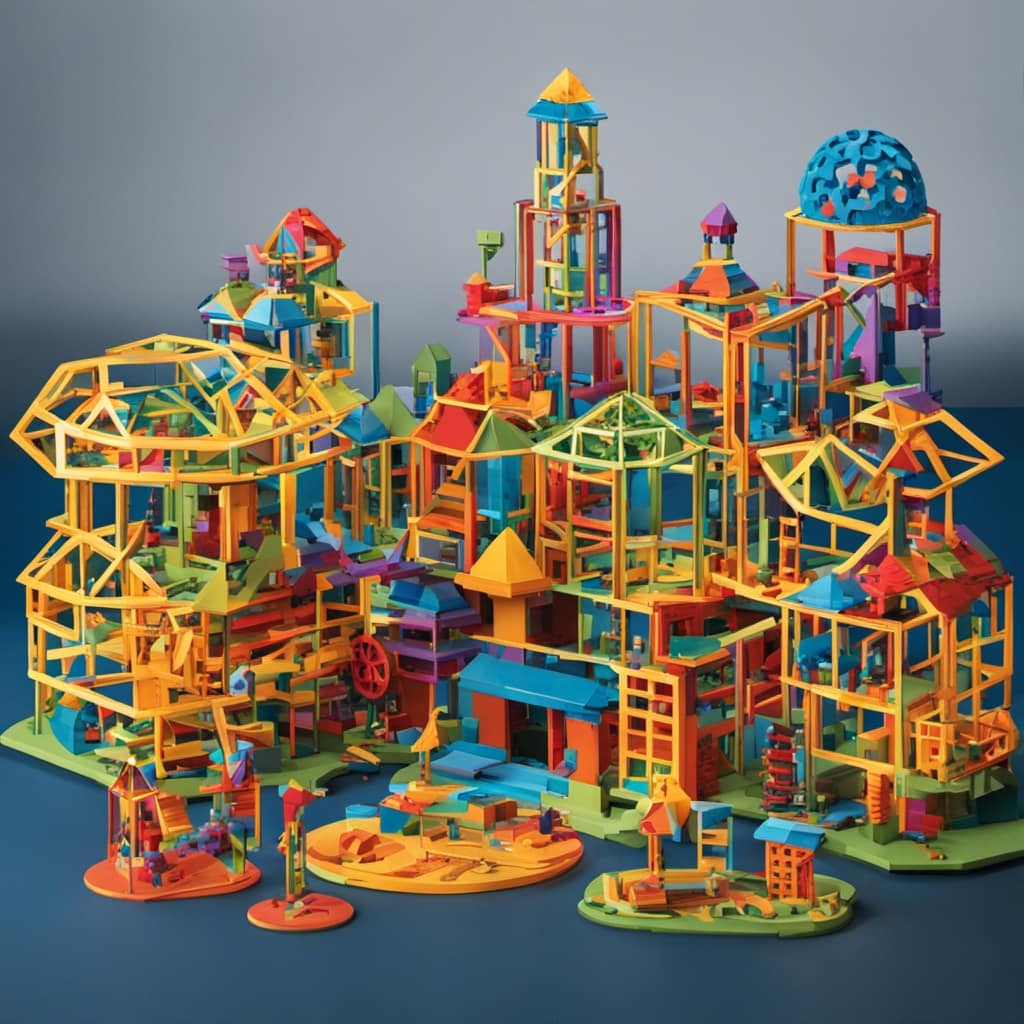
By incorporating personalized touches like embroidery and appliqué, I have witnessed these toys becoming cherished companions for little ones.
The cognitive development and problem-solving abilities that these toys promote are truly remarkable.
By maintaining and caring for these toys, we ensure their longevity and safety, allowing children to continue exploring and learning.
Creating Waldorf toys has truly been a journey of connection, growth, and endless possibilities.


